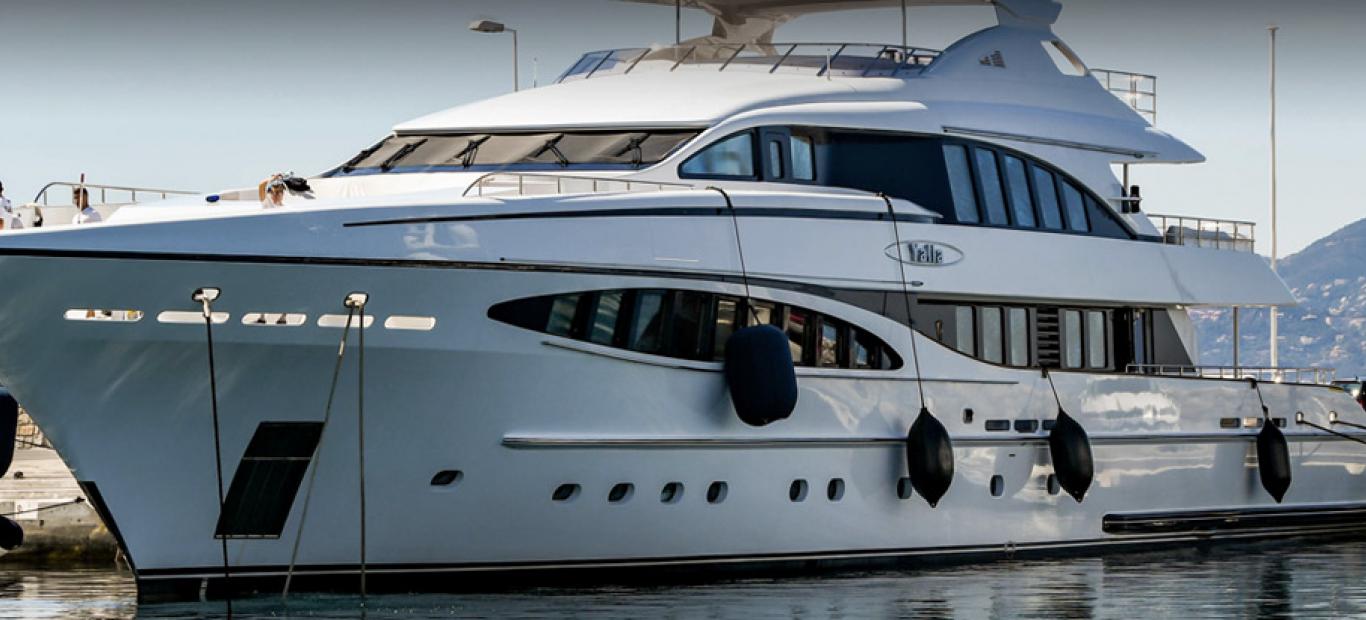Anticipating Low Agreed Value / Underinsured in Ship Insurance
.jpg)
Source https://pixabay.com
Ship frame insurance is a valued policy where the insurance value is clearly stated in the policy. The insurance value of the ship stated in this policy has been agreed between the insured (Ship Owner) and the insurer (Insurance Party) for a coverage at the time of inception. This value is usually called an agreed value. There are different points of view of several parties in determining the agreed values, as follows:
- There are several parties who want to maximize the price of the ship to get a sufficient premium and provide full guarantees,
- There are parties who want to minimize the price of ships to get a cheap premium,
- There are parties who want to get adequate insurance coverage according to the loan size, and
- There are parties who want to get an adequate return on a loan.
This difference in perspective will more or less make it difficult to determine the exact amount of the insured ship. Moreover, the sum insured is based on the agreed value. In determining the agreed value, usually the insured party and the insurer use the basis/ reference for the sound market value or ship condition value. What's the difference between the two?
Sound market value is the value of a ship based on market conditions, the value of the ship fluctuates depending on the offer and demand, the higher the demand for ship operations, the higher the value of the ship. For example, when the price of coal is good, the demand for coal shipping frequency increases, so that coal ships are needed in that condition. Due to the large need and the limited availability of barge ships, the price of coal carriers (barges) was also expensive at that time.
Ship condition value is the value based on the condition of the ship. This method is the most complex in describing the true ship value. This method is not like sound market value. This method is carried out by conducting a direct survey of the ship. With the consideration of the depreciation of the condition of the ship, an estimate of the ship price is obtained.
In coverage, the insurance company hopes that the insurance coverage agreed upon in the policy is not much smaller than the two values ??above. If the coverage is small, it will not be detrimental to the insurance if the cover is total loss only (TLO). On the other hand, if the coverage is partial loss, this is certainly very detrimental. Because the agreed value is too small, it will cut the premium value that will be obtained by the insurance company. Meanwhile, the cost of repair and salvage of ships is indicated to continue to rise. This condition is very unfair. On the contrary, the insured hopes to agree on a minimum value so that the premium paid is the smallest possible.
An Underwriter needs to anticipate the sum insured that is too small. Because if this happens it will be very detrimental to insurance. Please note, the lowest value of a ship is the scrap value of the ship. If the ship is still operating, it is not feasible if the insured value stated in the policy is the scrap value of the ship. This is because scrap value is the value of a ship in a suitable condition to be cleared because it cannot operate properly.
Currently, some of the insurance coverage of ships tends to decrease for various reasons. There is a decrease in the value of the insurance because it is based on appraisal to the reason that the insured wants it. A decrease in the insured value of the ship is not taboo, but if the insured value of the ship is too small, the insurer will suffer losses. When an underwriter finds out that the insured value of the ship is too small, then the cover should be given to the Total Loss Only (TLO). However, sometimes not all the insured want to receive TLO, many still want a partial cover loss as well. So that underwriters need to be wise and careful to apply the appropriate terms and conditions when faced with these conditions.
Reference :
http://www.gard.no/web/updates/content/53558/changes-in-ship-values-influence-on-hull-and-machinery-and-pi-covers
www.pojokasuransi.com/bagaimana-cara-menentukan-harga-pertanggungan-kapal-pada-asuransi-marine-hull
Author





 8460
8460



 02 Nov 2023
02 Nov 2023 9633 kali
9633 kali









